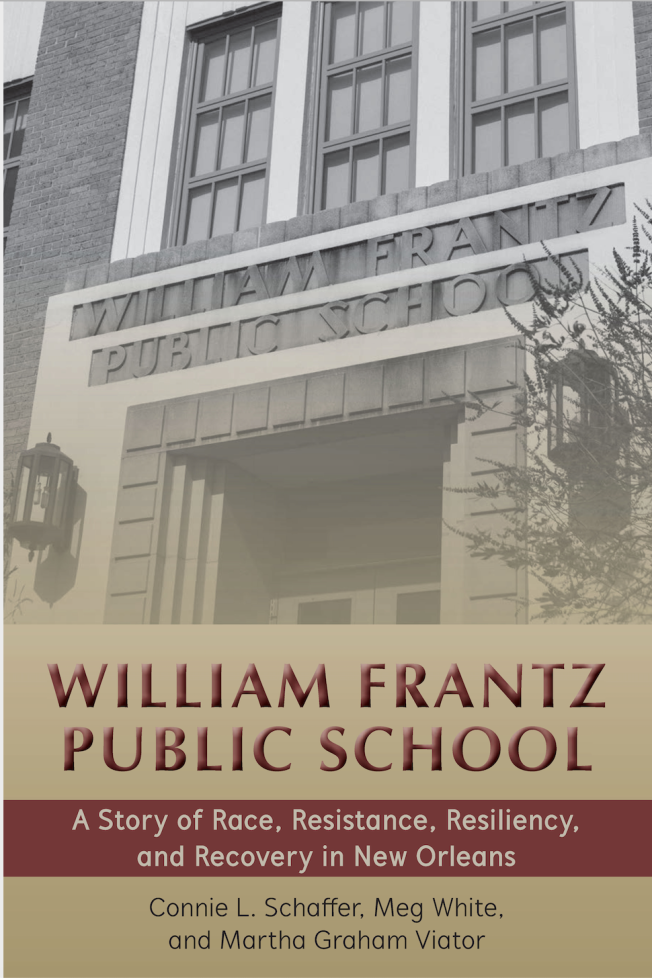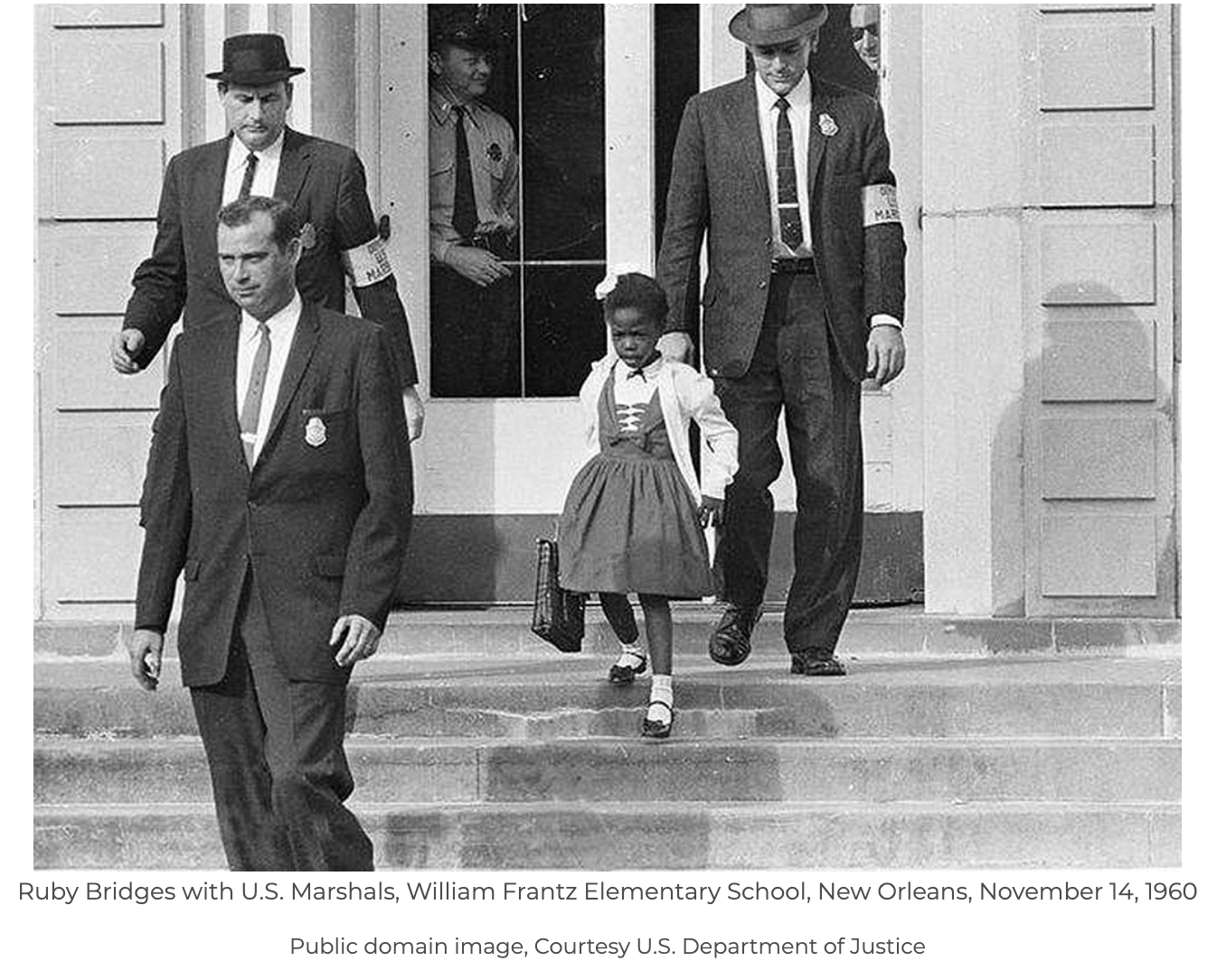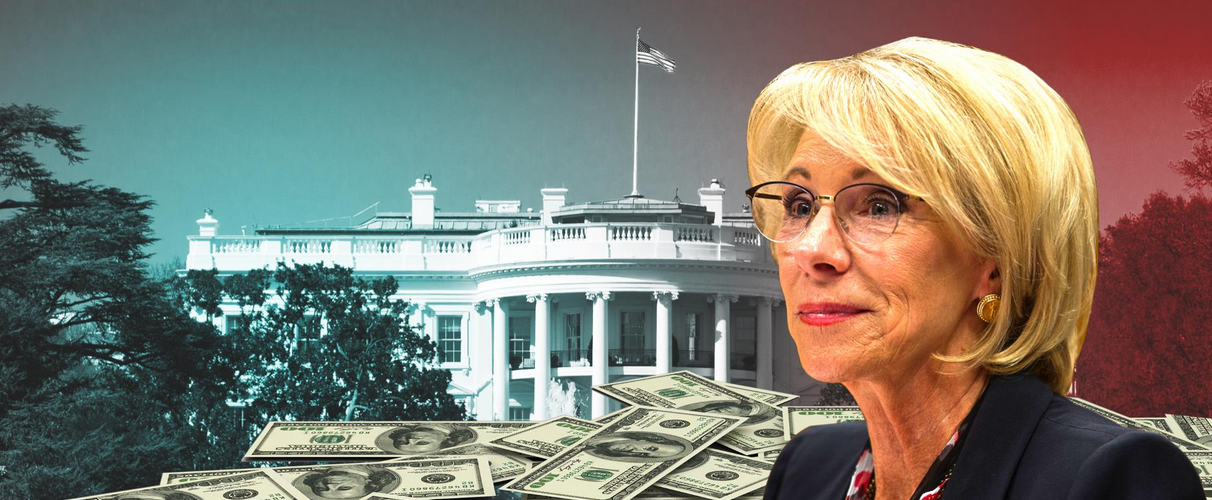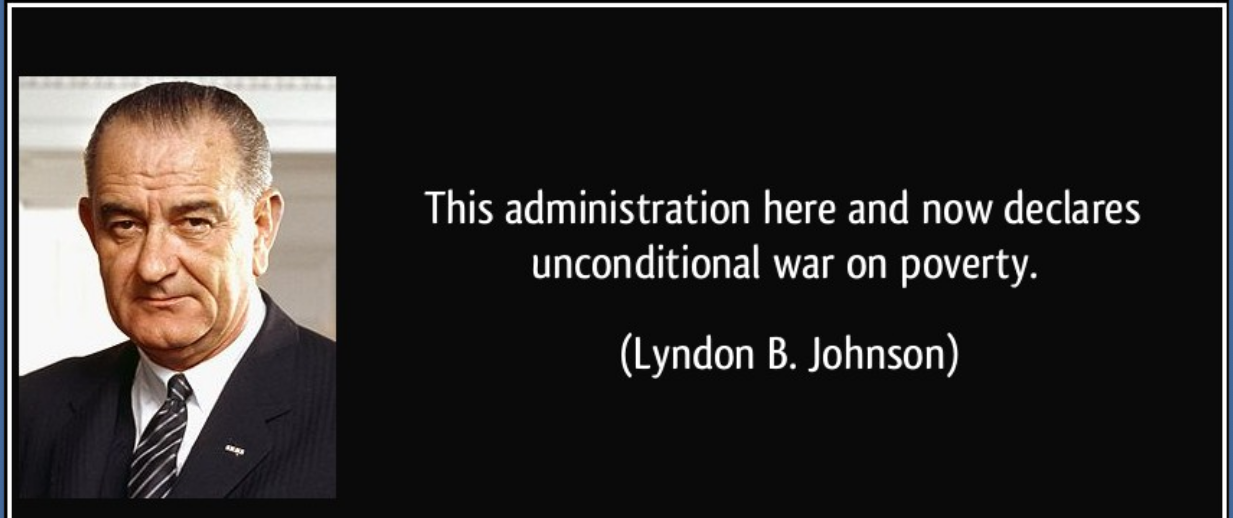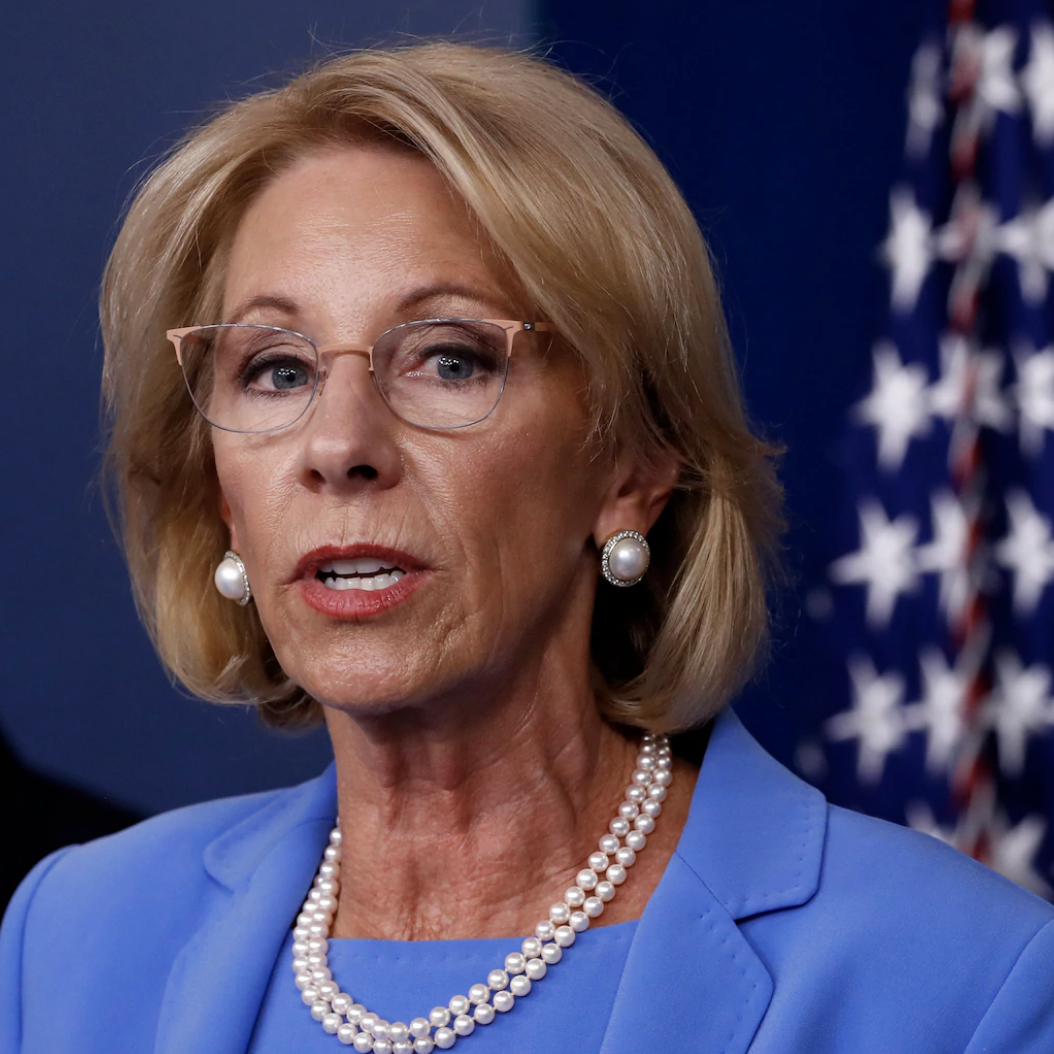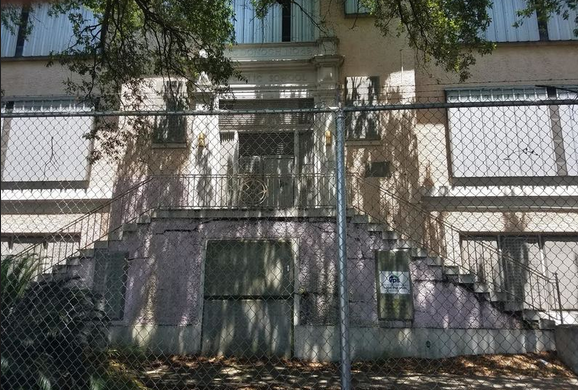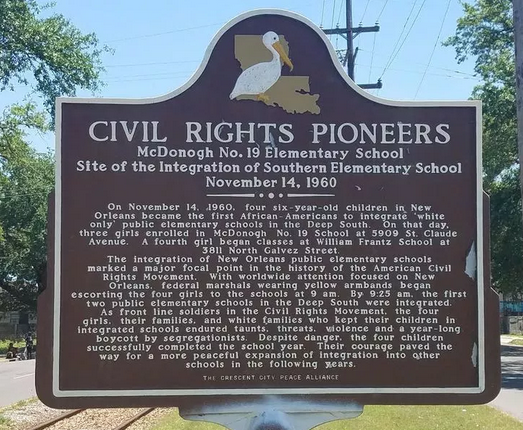In my almost 40 years in education, never have I ever seen off-the rail parents impact curricula as I have in the last six months. Don’t get me wrong, I’ve had plenty of off-the rail parents, but none of them ever said a word about what I was teaching. It seems unrealistic that one parent can make a fuss about something being taught, and it is pulled and questioned. I would not want one parent deciding for me what my kids can and cannot learn.
Florida.
At North Shore Elementary School in St. Petersburg, a mom raised concern that her child’s school was showing the Disney movie about Ruby Bridges, a movie shown during Black History Month for years. The movie, as many say, is historically accurate and tells the story of 6-year old Ruby who, surrounded by Federal Marshals, entered her elementary school as the first Black student, thus desegregating the public schools in New Orleans.
The mom in Florida said that the use of racial slurs and scenes of white people threatening Ruby as she entered the school might result in students learning that white people hate Black people (news.yahoo.com). Right, because there’s no historical evidence of that being true.
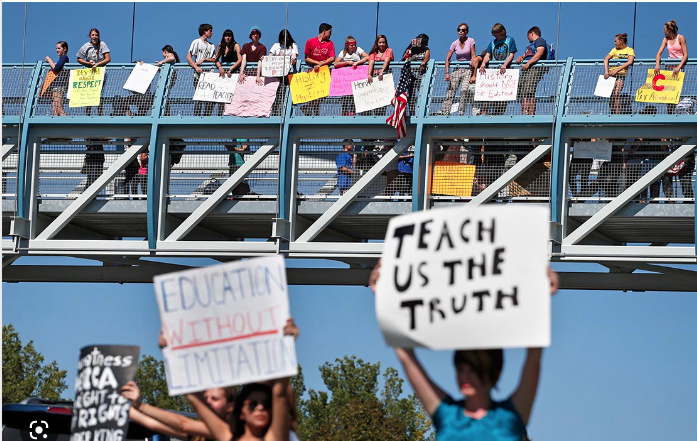
Ric Davis, president of Concerned Organization for Quality Education for Black Students said, “Many from historically marginalized communities are asking whether this so-called integrated education system in Pinellas county can even serve the diverse community fairly and equitably” (news.yahoo.com).
Lawmakers in Florida say they don’t want books, movies, or lessons about race to create student discomfort, and speaking from the other side of their mouth, said they want facts presented honestly. What about the non-white children? At North Shore Elementary School, the enrollment is 57% white, 24% Black, 12% Black. Why, again, do white parents get to decide what history is taught?
My co-authors and I wrote a book, William Frantz Public School; A story of race, resistance, resiliency, and recovery in New Orleans, that tells the story of the school that Bridges entered on November 14, 1960. You may have seen photos showing Bridges surrounded by four Marshals. But in a single focus, the photos do not show, as the movie did (in part), the vitriolic white mothers – some with their children- who stood across the street protesting Bridges’ enrollment. There were angry mobs of protestors who yelled angry, awful epithets at Bridges, and smiled for the cameras. One mother made a casket and put a doll in it with a rope around the neck. Bridges was afraid to eat lunch every day because a parent had threatened to poison her. That’s the truth. But it was very much tempered in the movie.

I use our book in a class I teach college students, and as students write weekly journals in response to the readings, so often students will say they are angry they have never been taught the full story of Ruby Bridges until college.
Here are some of their comments:
- “I, as a young biracial woman, was never educated to the fullest in my K-12 history classes. It could have maybe been the fact that all of my educators growing up were young white males and females straight out of student teaching who had no idea the first thing about racial disparities, or poverty, or segregation, and had never been discriminated against in their entire privileged life.”
- “In general, I never knew how much this impacted Ruby Bridges because my education kept everything censored, and I wonder whose benefit that was for, mine or the United States history?”
- “As I read William Frantz Public School (WFPS), I kept learning new information. Information I believe is critical, but the thing is, I never knew this information. If this information is vital, why did I never learn it? Why did my history curriculum never show the full story?”
- “I remained ignorant to the fact because no one taught me how bad it is, but I stayed ignorant because I did not do my own research.”
- This knowledge has me struck like lightning. And the sting will forever be a reminder of the privilege of my race. I am grateful for this book I am proud to have taken this class.
To put this into perspective, when asked about their reaction to reading our book, 40.7% of students felt blindsided as they were reading about things such as Ruby Bridges, Desegregation vs Integration, (and Hurricane Katrina) for the FIRST TIME and 59.3 % of students had heard about the events mentioned in WFPS, but were NOT fully aware of the significance these events played and the impact they had on history. Many claimed that they merely “scratched the surface” when they were taught about these events.
Further, less than 15% of the students were aware of the “white-history” of education, that is – their awareness of the knowledge of how the history of education has been written and taught in favor of the white race.
About 20% of students identified that after reading William Frantz Public School, they feel compelled to do more research and become more educated about the true history of public education, urban education, and racism. As one student said, “Not as a requirement But as a personal necessity.[The story of William Frantz]”. Another student said, “I think that by becoming more informed through this class I feel propelled to defend public education and help inform others.”
Bridges was the first Black student to integrate the public schools in New Orleans. This was six years after the landmark Brown v. Board of Education decision acknowledging that segregation was unconstitutional. There is a great lesson in the movie, with historically accurate events. But parents are afraid their children might get the wrong message. What’s that message? These events happened. Teach them, talk about them, use them as lessons in empathy so we don’t repeat history. These are teachable moments.
These are my reflections for today.
April 7, 2023
If you like what you’re reading, please consider sharing and following my blog via email.
Recent publication: William Frantz Public School: A Story of Race, Resistance, Resiliency, and Recovery in New Orleans Connie Schaffer, Meg White, and Martha Graham Viator. Peter Lang Publishing. Available on amazon.com







